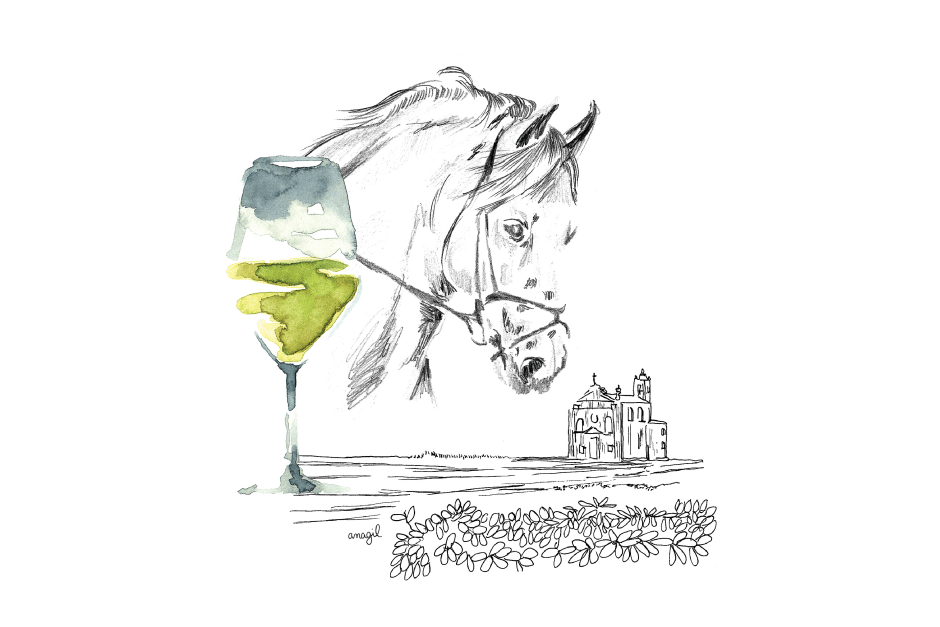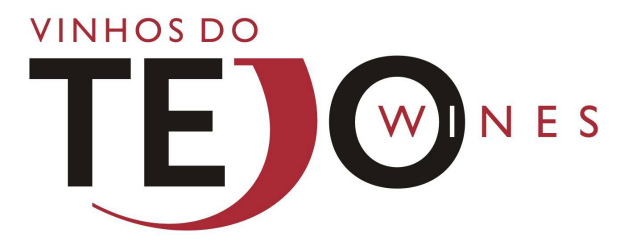Tejo | 特茹

![]()
Tejo
The Tagus, which rises in Spain and meets the sea in Lisbon, flows through the Ribatejo, dividing it into two zones: one which is more of a plain, and the other combining plains with small hills. In this zone (in truth, Ribatejo means “above the Tagus”, distinguishing it from the Alentejo, “beyond the Tagus”) there have always been large areas of vineyards. It was here that for decades, just like in the Lisbon region (see correspondent text), the wine was produced for consumption in Lisbon, during a time – the whole of the 20th century up until around 1980 – when the wine most often drunk by the inhabitants of Lisbon was sold by wholesale or in large bottles.
Such a past left its mark on production, which at the time was more concerned with quantity than quality; to visit some of the producers in the Ribatejo today is to dive into a past where each counted his litres in millions, where cellars were huge and often had capacity for four of five million litres of wine. Today, production is smaller, but the quality is much better. The cultivated area is around 20,000 ha, which is 8.5% of the total area of the country.
The Ribatejo has changed significantly. Many varieties have been introduced from outside, making the profile of these wines much more interesting: smooth, fruity whites that are perfect for drinking daily. The Fernão Pires variety dominates here, but the Arinto is also present, often accompanied by other, national and foreign, varieties. On the other hand, there is a strong presence of Portuguese varieties in the red wines, such as Trincadeira, Castelão, Tinta Roriz, Touriga Nacional, besides other “seasoning” varieties such as Cabernet Sauvignon, Syrah or Petit Verdot.
The region gives rise to one of the best quality/price relationships to be found in the country, a strong trump card.
The new nomenclature adopted for the region created the name TEJO for Regional Wines, abandoning the previous name of Regional Ribatejano. For DOC wines , it continues to be used the now applied name “DOC Tejo”.

Discover the list of producers in this region here.
![]()
特茹
特茹河发源于西班牙,流经里斯本城。特茹河从里巴特茹大地穿过,将它分成两个地区,一个地区以平原为主,另一个地区平坦的土地和丘陵结合在一起。这个地区(里巴特茹的意思是“在特茹河上面”,这将它与阿连特茹——意思是“除了特茹以外”,区分开来)一直以来都存在着面积广袤的葡萄园。在这里,与在里斯本产区(请阅读同一文章)一样,几十年以来一直酿造里斯本需要消费的葡萄酒;一个时期以来——就是直到1980年左右的整个20世纪,散装或是瓶装的特茹河葡萄酒满足了里斯本人的消费习惯。
这段历史依然影响着葡萄酒酿造,人们总是注重产量多于注重质量;我们可以看到,里巴特茹的一些酿造商依然沉浸于过去,每个人数着自己那数以百万升计的葡萄酒。这里的酒窖规模庞大,酿造力常常可以达到400万或是500万升葡萄酒。现在,这个产区酿造的葡萄酒数量少了,但品质提高了。这里的葡萄园面积达到两万公顷,相当于整个葡萄牙8.5%的国土面积。
里巴特茹的变化很大,引进了许多外来的葡萄品种。现在,这个产区的葡萄酒形象有趣多了:白葡萄酒柔和,充满了果香,是理想的日常饮用酒;使用的葡萄品种以费尔南•皮勒斯为主,但阿林托葡萄也有着强烈的参与感,再伴以其他品种——无论是外国品种还是本国品种都不罕见。而红葡萄酒中,除了起“调味”作用的赤霞珠,西拉或味而多的之外,还可以确认一些葡萄牙品种的强烈存在,如特林卡黛拉,卡斯特朗,红罗丽斯和国产多丽嘉等。
这个产区的葡萄酒有着全国最好的质量/价格比关系,这是一张强有力的王牌。
这个产区采用了新的命名法,为地区葡萄酒创造了“特茹河产区”这个名字,放弃了以前的里巴特茹地区葡萄酒的名称。而DOC(原产地控制)级葡萄酒,“DOC级特茹河葡萄酒”这个名称继续生效。
